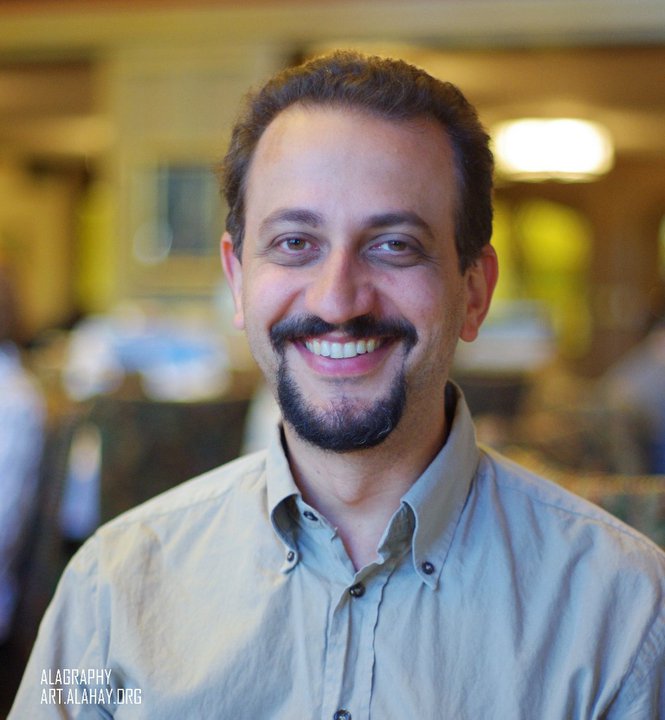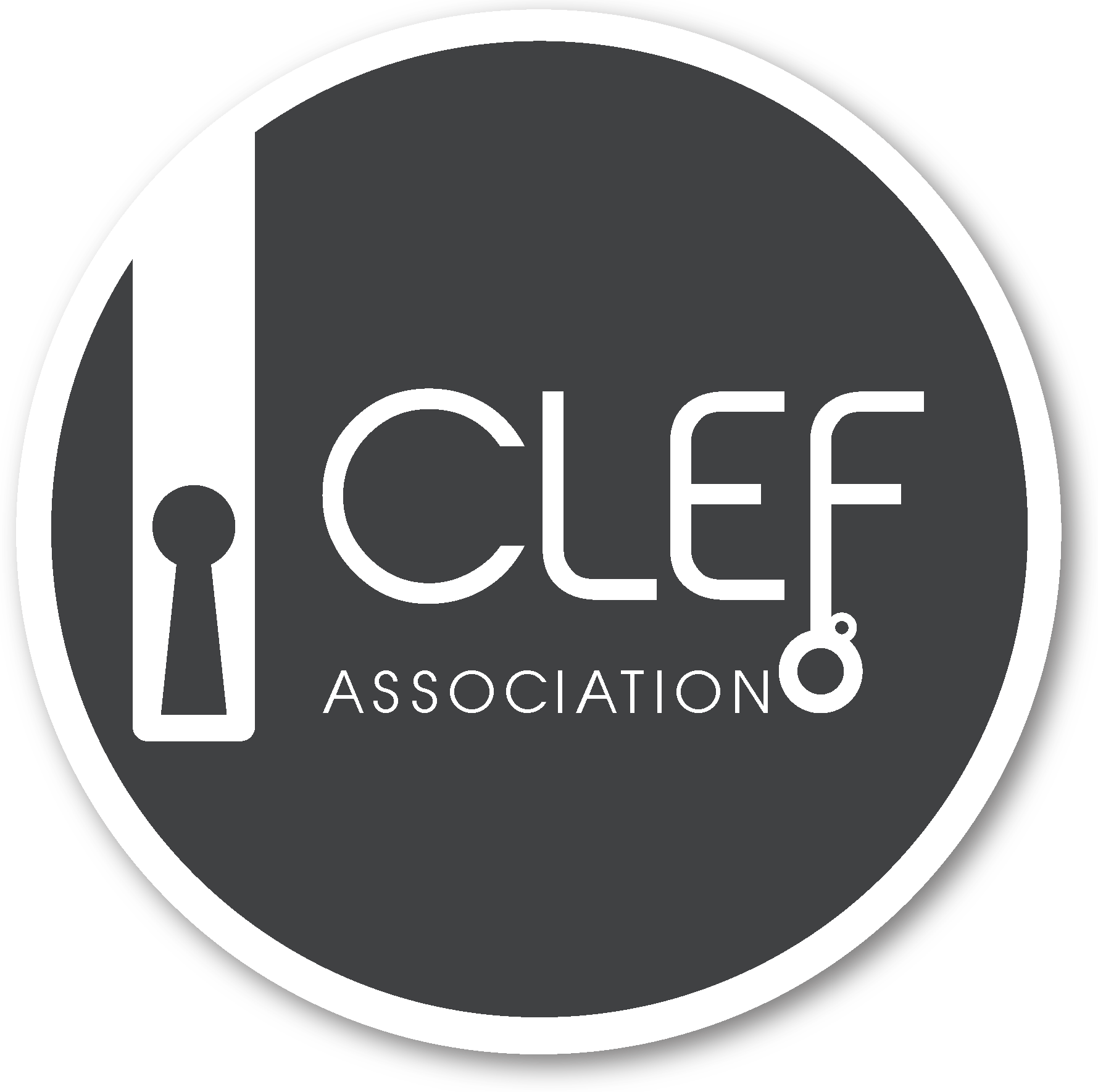| September 9 |
|
Best of Labs at Auditorium |
| 13:45-15:00 |
An Ensemble Approach to Cross-Domain Authorship Attribution
José Custódio and Ivandre Paraboni |
|
Labs Presentations at Auditorium |
| 15:45-16:00 |
Overview of PAN 2019: Bots and Gender Profiling, Celebrity Profiling, Cross-domain Authorship
Attribution and Style Change Detection
Walter Daelemans, Mike Kestemont, Enrique Manjavacas, Martin Potthast, Francisco Manuel
Rangel Pardo, Paolo Rosso, Günther Specht, Efstathios Stamatatos, Benno Stein, Michael
Tschuggnall, Matti Wiegmann and Eva Zangerle |
| September 10 |
|
13:30-15:00
|
Session 1 at A31, Chair: Martin Potthast |
| 12:00 - 13:30 |
Poster Session during Lunch |
| 13:30-13:40 |
PAN 2019 Welcome
Martin Potthast |
| 13:40-14:40 |
Keynote: Exposing Paid Opinion Manipulation Trolls
Preslav Nakov |
| 14:40-15:00 |
Overview of the Shared Task on Bots and Gender Profiling in Twitter
Francisco Rangel and
Paolo Rosso
|
| 15:00-15:30 |
Break |
|
15:30-16:30
|
Session 2 at A31, Chair: Francisco Rangel |
| 15:30-15:35 |
Award in Bots and Gender Profiling by The Logic Value
|
| 15:35-15:50 |
Using N-grams to detect Bots on Twitter
Juan Pizarro |
| 15:50-16:10 |
Supervised Classification of Twitter Accounts Based on Textual Content of Tweets
Fredrik
Johansson |
| 16:10-16:30 |
Overview of the Celebrity Profiling Task
Matti Wiegmann |
|
16:30-17:30
|
Session 3 at A31, Chair: Paolo Rosso |
| 16:30-17:30 |
Keynote: Hoax vs fact checking: understanding and predicting the diffusion of low quality
information on communication networks
Giancarlo Ruffo |
| 18:30-22:00 |
Conference Dinner |
| September 11 |
| 12:00 - 13:30 |
Poster Session during Lunch |
|
Multi-channel Open-set Cross-domain Authorship Attribution
José Custódio and Ivandre Paraboni |
|
Bot and Gender detection of Twitter accounts using Distortion and LSA
Andrea Bacciu, Massimo La Morgia, Alessandro Mei, Eugenio Nerio Nemmi, Valerio Neri, and
Julinda Stefa |
|
FOI Cross-Domain Authorship Attribution for Criminal Investigations
Fredrik Johansson and Tim Isbister |
|
UniNE at PAN-CLEF 2019: Bots and Gender Task
Catherine Ikae, Sukanya Nath, Jacques Savoy |
|
Combined CNN+RNN Bot and Gender Profiling
Rafael Felipe Sandroni Dias and Ivandré Paraboni |
|
Detecting bot accounts on Twitter by measuring message predictability
Piotr Przybyła |
|
Bots and gender profiling using masking techniques
Victor Jimenez-Villar, Javier Sánchez-Junquera, Manuel Montes-y-Gómez, Luis
Villaseñor-Pineda, and Simone Paolo Ponzetto |
|
An evolutionary approach to build user representations for profiling of bots and humans in
Twitter
Roberto López-Santillán, Luis Carlos González-Gurrola, Manuel Montes-y-Gómez, Graciela
Ramírez-Alonso, and Olanda Prieto-Ordaz |
|
Naive-Bayesian Classification for Bot Detection in Twitter
Pablo Gamallo and Sattam Almatarneh |
|
Unsupervised pretraining for text classification using siamese transfer learning
Maximilian Bryan and J. Nathanael Philipp |
|
Author profiling using semantic and syntactic features
György Kovács, Vanda Balogh, Kumar Shridhar, Purvanshi Mehta, and Pedro Alonso |
|
Profiling Twitter users using autogenerated features invariant to data distribution
Tiziano Fagni and Maurizio Tesconi |
|
Bots and Gender Profiling using a Multi-layer Architecture
Régis Goubin, Dorian Lefeuvre, Alaa Alhamzeh, Jelena Mitrovic, Elod Egyed-Zsigmond, and
Leopold Ghemmogne Fossi |
|
Bots and Gender Profiling on Twitter using Sociolinguistic Features
Edwin Puertas, Luis Gabriel Moreno-Sandoval, Flor Miriam Plaza-del-Arco, Jorge Andres
Alvarado-Valencia, Alexandra Pomares-Quimbaya, and L.Alfonso Ureña-López |
|
Bots and gender profiling with convolutional hierarchical recurrent neural network
Juraj Petrik, Daniela Chuda |
|
Celebrity Profiling on Twitter using Sociolinguistic Features
Luis Gabriel Moreno-Sandoval, Edwin Puertas, Flor Miriam Plaza-del-Arco, Alexandra
Pomares-Quimbaya, Jorge Andres Alvarado-Valencia, and L. Alfonso Ureña-López |
|
A Hierarchical Neural Network Approach for Bots and Gender Profiling
Andrea Cimino and Felice dell’Orletta |
|
Bots and Gender Profiling using Character Bigrams
Daniel Yacob Espinosa, Helena Gómez-Adorno, and Grigori Sidorov |
| 15:30-16:30 |
Session 4 at A31, Chair: Efstathios Stamatatos |
| 15:30-15:45 |
Overview of the Style Change Detection Task
Eva Zangerle |
| 15:45-16:00 |
Style Change Detection by Threshold Based and Window Merge Clustering Methods
Sukanya
Nath |
| 16:00-16:15 |
Twitter User Profiling: Bot and Gender Identification
Dijana Kosmajac and Vlado Keselj |
| 16:15-16:30 |
Twitter feeds profiling with TF-IDF
Juraj Petrik and Daniela Chuda |
| 16:30-16:50 |
Overview of the Cross-domain Authorship Attribution Task
Mike Kestemont |
| 16:50-17:10 |
Cross-Domain Authorship Attribution Combining Instance Based and Profile-Based Features
Andrea
Bacciu, Massimo La Morgia, Alessandro Mei, Eugenio Nerio Nemmi, Valerio Neri, Julinda Stefa
|
| 17:10-17:30 |
Community discussion |
| 18:30-20:30 |
Civic Reception |
| September 12 |
|
Best of CLEF for Industry at Auditorium |
| 14:00-14:30 |
Shared Tasks for Industry: Experiment Platforms and Author Profiling
Martin Potthast and Francisco Rangel |












